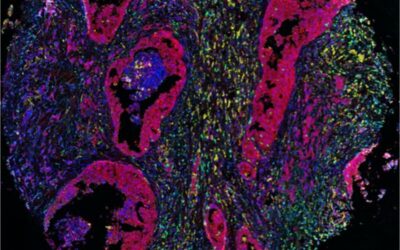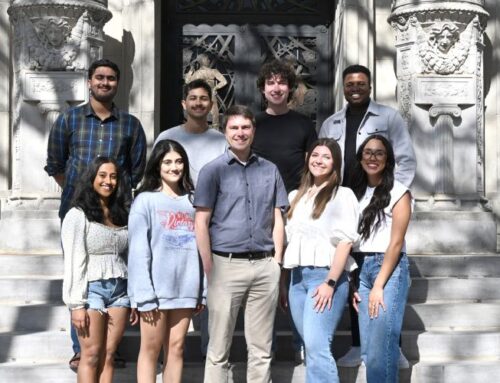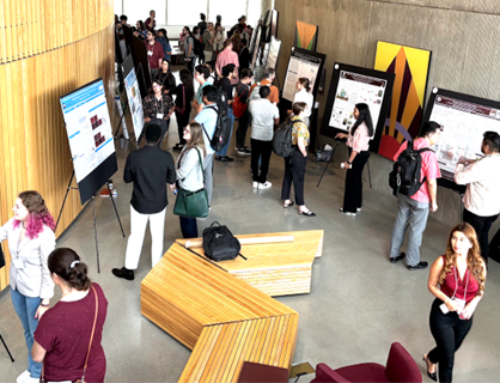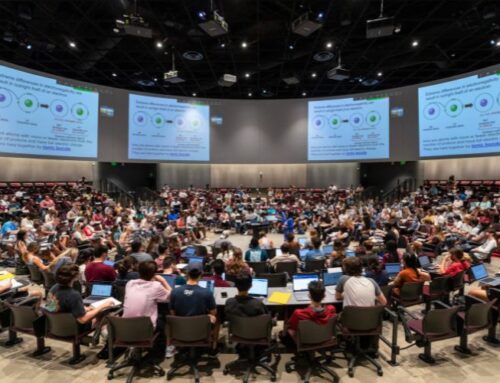Understanding—and Interrupting—the Spread of Cancer
By: TAMU Biology
Dr. Tapasree Roy Sarkar’s research at Texas A&M University Department of Biology  sits at the crossroads of cancer biology, bioinformatics, metabolomics, nanotechnology, and mechanobiology. Her lab investigates how cancer spreads, focusing on a key biological process known as epithelial-mesenchymal transition (EMT). EMT is normally used during development and wound healing, but in cancer, it becomes hijacked—giving tumor cells the ability to migrate, invade other tissues, resist treatment, and even transform into cancer stem cells that can drive recurrence.
sits at the crossroads of cancer biology, bioinformatics, metabolomics, nanotechnology, and mechanobiology. Her lab investigates how cancer spreads, focusing on a key biological process known as epithelial-mesenchymal transition (EMT). EMT is normally used during development and wound healing, but in cancer, it becomes hijacked—giving tumor cells the ability to migrate, invade other tissues, resist treatment, and even transform into cancer stem cells that can drive recurrence.
This transformation underlies the most lethal aspect of cancer: metastasis. Dr. Roy Sarkar’s group seeks to uncover the molecular mechanisms that trigger EMT and allow cells to adopt these aggressive traits. To do so, her team leverages cutting-edge computational tools, bioinformatics pipelines, and high-resolution metabolomic analyses, alongside innovative nanotechnology platforms designed to study and ultimately interfere with tumor progression.
The overarching goal is twofold: to understand how EMT is regulated in different cancers and to identify therapeutic targets that could stop metastasis before it begins. In revealing the complex networks that fuel cancer spread, her research paves the way toward smarter, more precise strategies to prevent and treat metastatic disease—the leading cause of cancer-related deaths.
Why It Matters
More than 90% of cancer-related deaths are caused by metastasis, not the primary tumor. Dr. Roy Sarkar’s research tackles this devastating process at its roots. By deciphering how cancer cells gain their mobility and resistance, her work opens new avenues for therapies that don’t just treat cancer—but stop its most deadly behavior in its tracks.





